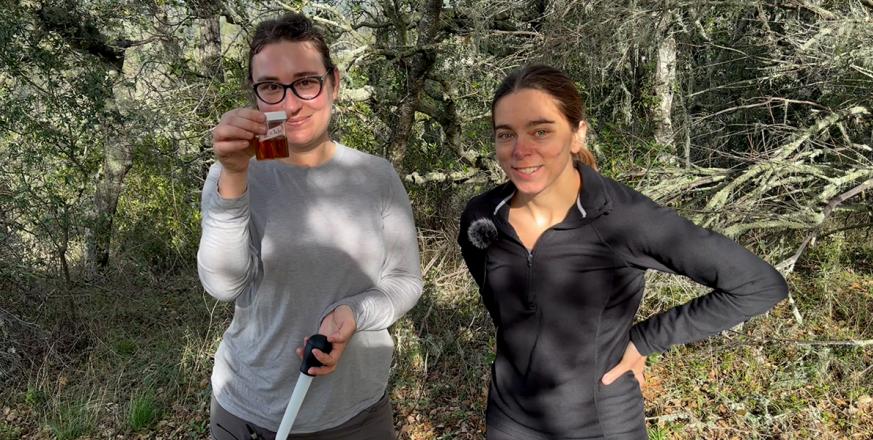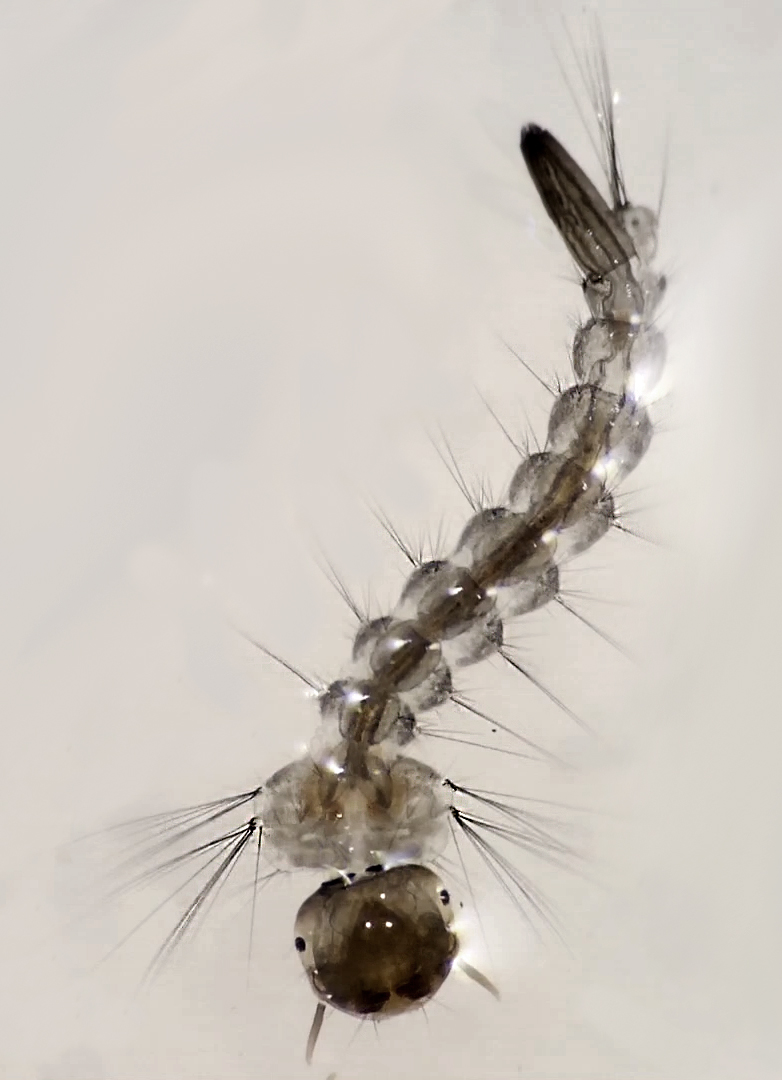Mosquitoes and their parasites in a changing climate

Summary
This study examines the western treehole mosquito Aedes sierrensis and its facultative parasite Lambornella clarki as a model system for studying climate change effects on host-parasite interactions.
 Aedes sierrensis breeds in tree holes over a broad portion of western North America, from southern California to northern British Columbia, wherever there are mature trees with suitable larval habitat, or water-filled artificial containers with lots of plant litter. Lambornella clarki is a ciliate that also lives in tree holes. It can be free-living or can parasitize Aedes sierrensis. It can also be prey for A. sierrensis larvae. This complex relationship between L. clarki and A. sierrensis, together with the mosquito’s wide latitudinal range, offers many opportunities for experimental studies of the effects of temperature variation on parasitism. For example one can transfer treehole samples from individual field sites to growth chambers maintained at the temperature of the home field site as well as field sites at other latitudes. These growth chamber experiments provide controls that would not be possible in actual transplant experiments. The photo at right is a treehole mosquito as seen through a dissecting scope.
Aedes sierrensis breeds in tree holes over a broad portion of western North America, from southern California to northern British Columbia, wherever there are mature trees with suitable larval habitat, or water-filled artificial containers with lots of plant litter. Lambornella clarki is a ciliate that also lives in tree holes. It can be free-living or can parasitize Aedes sierrensis. It can also be prey for A. sierrensis larvae. This complex relationship between L. clarki and A. sierrensis, together with the mosquito’s wide latitudinal range, offers many opportunities for experimental studies of the effects of temperature variation on parasitism. For example one can transfer treehole samples from individual field sites to growth chambers maintained at the temperature of the home field site as well as field sites at other latitudes. These growth chamber experiments provide controls that would not be possible in actual transplant experiments. The photo at right is a treehole mosquito as seen through a dissecting scope.
These studies build on observations of treehole mosquitoes and their parasites in the 1980s by by Jan Washburn and John Anderson at Jasper Ridge and other California locations, and dissertation research by Lisa Couper.
▶VIDEO: Johannah Farner and Kelsey Lyberger sampling treeholes in winter 2023 (3 min)
Project Location (Sectors 12, 13, 21, 22)
 |  |  |  |  |  |  |  |  |
 |  |  |  |  |  |  |  |  |
 |  |  |  |  |  |  |  |  |
 |  |  |  |  |  |  |  |  |
 |  |  |  |  |  |  |  |  |
 |  |  |  |  |  |  |  |  |
Visible from Trail/Road
1 - Creek
5 - Barberry
6 - Rocky Road
7 - Hillside Lab
14 - Lakeside



